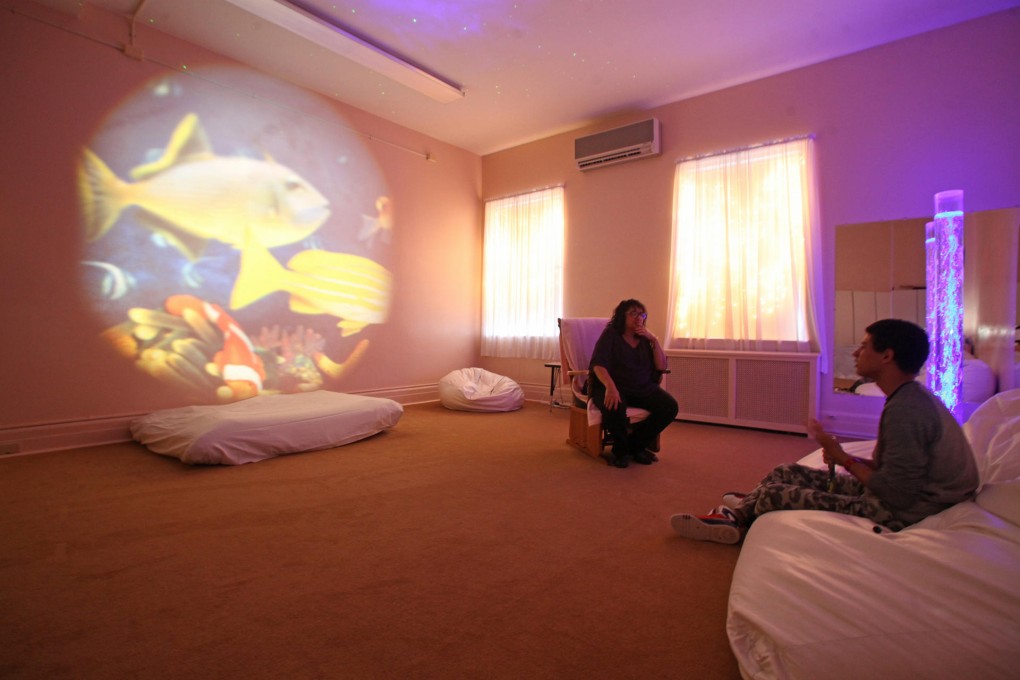Sensory rooms for child behaviour therapy
Multisensory rooms in the US provide havens where therapists can work with students with special needs

In the dimly lit room, Tiara Santos lounges on the beanbag, stares at the bubble tubes and plays with glow-in-the-dark toys, and then slowly, the demeanour of the girl with autism begins to transform.
"Before we came in here, she was hard to control," says Tiara's teacher, Danielle Galambos. "Here, she feels safe. She is quieter, more relaxed."
Tiara is in a sensory room at the Felician School for Exceptional Children in Lodi, New Jersey. It was designed to stimulate neglected physiology in disabled students. In Tiara's case, it brings a smile, as well as some calm.
For students with disabilities, such rooms - also called multisensory rooms, tranquility rooms, or relaxation rooms - provide a much-needed haven.
A growing number of sensory rooms are cropping up nationwide, including at the Phoenix Centre, a private school in Nutley, New Jersey, for children with severe disabilities, which built a room with the help of a grant from Seton Hall University.
Generally, those who use the rooms do not have to pay for sessions unless they are in private therapy.
